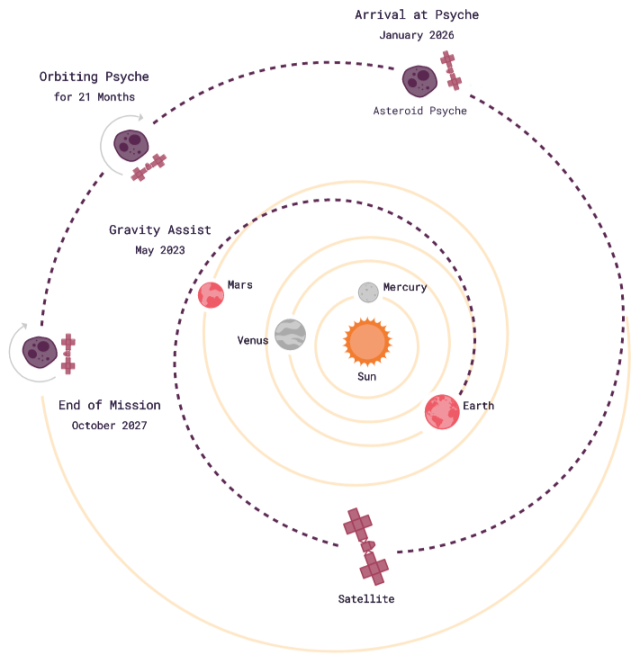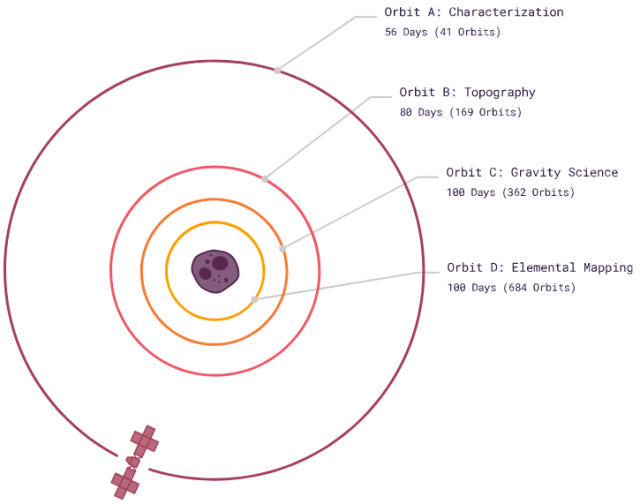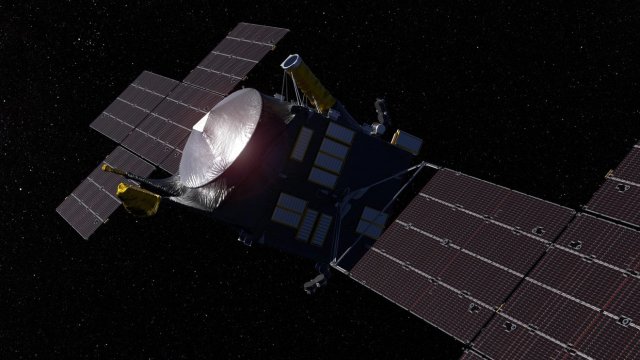NASA specialists have begun the assembly stage of the automatic interplanetary station Psyche, which will go into space next summer, according to the website of the NASA Jet Propulsion Laboratory. The spacecraft will study the unusual metallic asteroid Psyche, which scientists believe may be the core of a protoplanet.
Psyche will explore one of the heaviest known asteroids — (16) Psyche, which is located in the Main Belt. Ground-based observations show that this celestial body may contain a large amount of metals and be the core of a protoplanet or its fragment, which was formed as a result of collisions with other bodies in the early Solar System. Scientists want not only to understand the properties of Psyche, its origin and evolution, but also to understand the value of the asteroid in terms of mining in space.
The station will be equipped with solar panels, as well as Hall engines powered by xenon, and an experimental laser communication system DSOC (Deep Space Optical Communications). The launch weight of the spacecraft is 2.6 tons, of which 30 kilograms is accounted for by scientific equipment, which includes a magnetometer, a multispectral camera, a gamma-and neutron spectrometer and a microwave instrument for studying the gravitational field of the asteroid.
In early February, the specialists of the NASA Jet Propulsion Laboratory announced that they had completed the production of the station components and started its assembly and subsequent comprehensive tests. It is expected that in the spring of 2022, the device will be fully assembled and ready to be sent to the Kennedy Space Center, from where it will be launched into space using a Falcon Heavy launch vehicle in August 2022. In May 2023, Psyche will perform a gravity maneuver near Mars, and will arrive at the asteroid at the end of January 2026. The station's scientific program is designed for 21 months and involves working in four orbits.

Diagram of the main stages of the mission.
Image source: NASA

The station's operational orbits around Psyche.
Image source: NASA
In October 2021 [...], an interplanetary station will go into space "Lucy", which will explore the Trojan asteroids of Jupiter. Last year, it turned out that one of the station's targets has a small satellite, which makes it an extremely interesting object to study.
Alexander Voityuk

